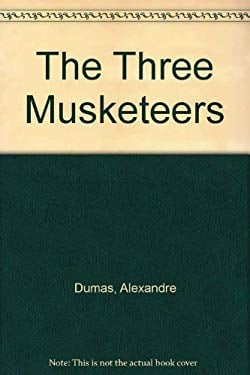Try searching by Title, Author or ISBN
No Results for "{{sharedState.searchQuery}}"
Availability
Featured
Condition
Format
Digital
Age
Grade
Categories
Print Size
Language

The Three Musketeers
Paperback
- Other Available Editions
The Three Musketeers

Paperback
- Other Available Editions
- Other Available Editions